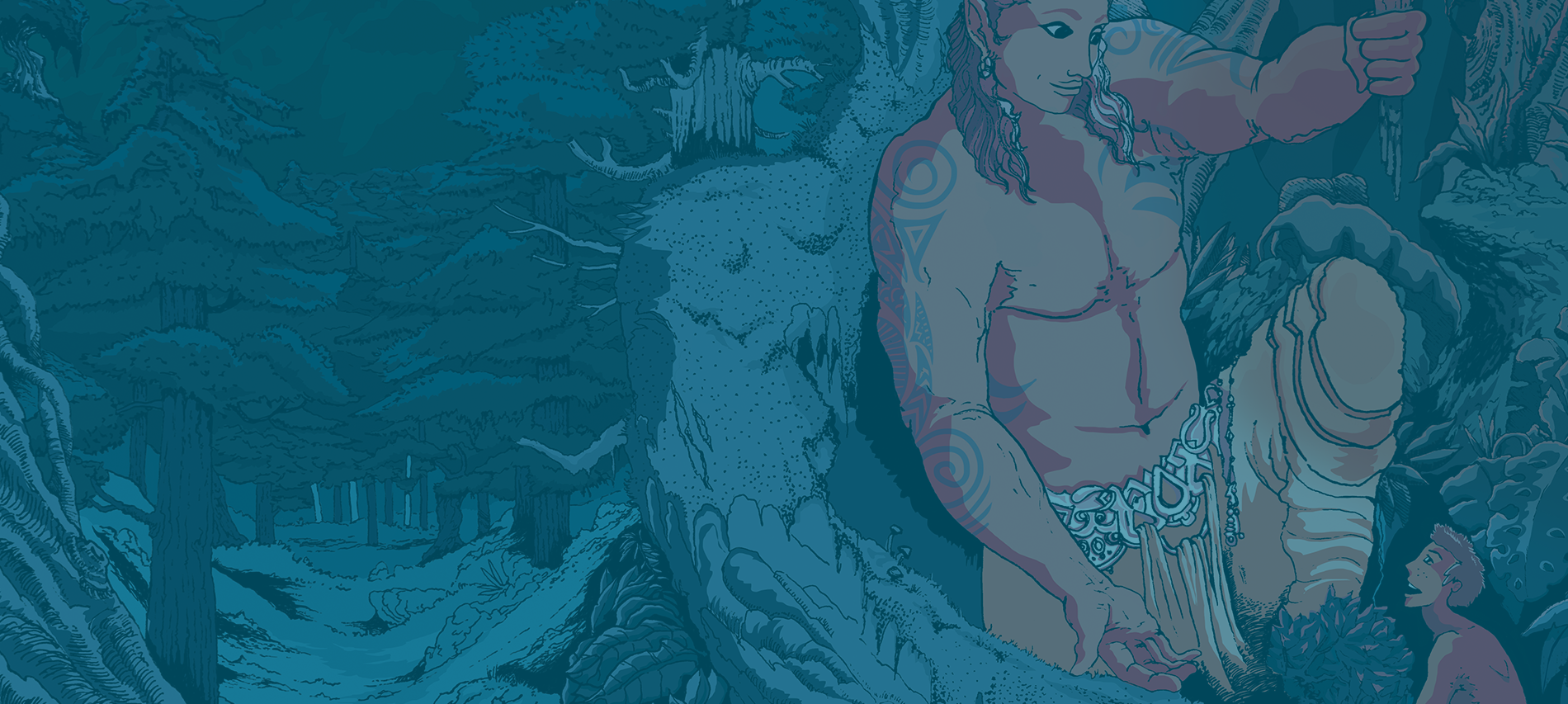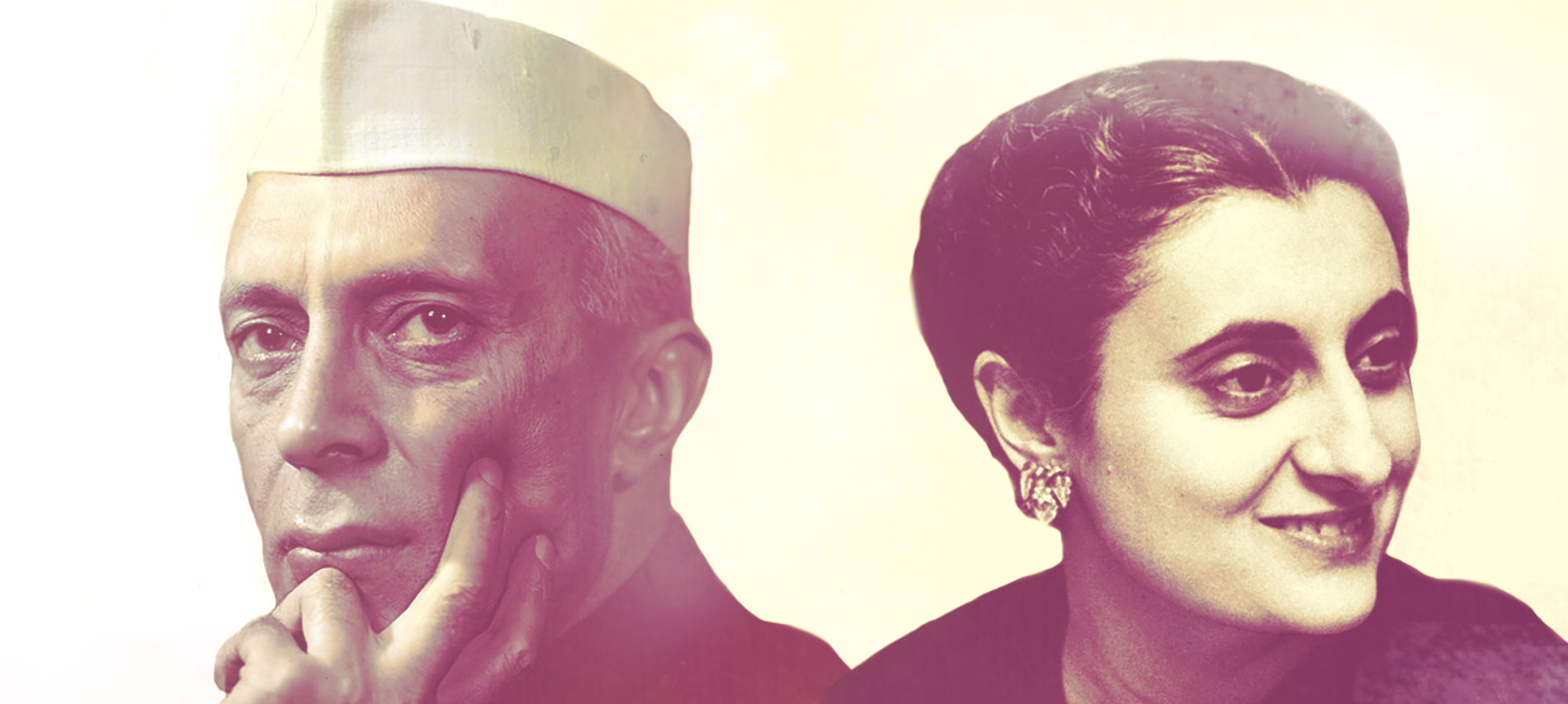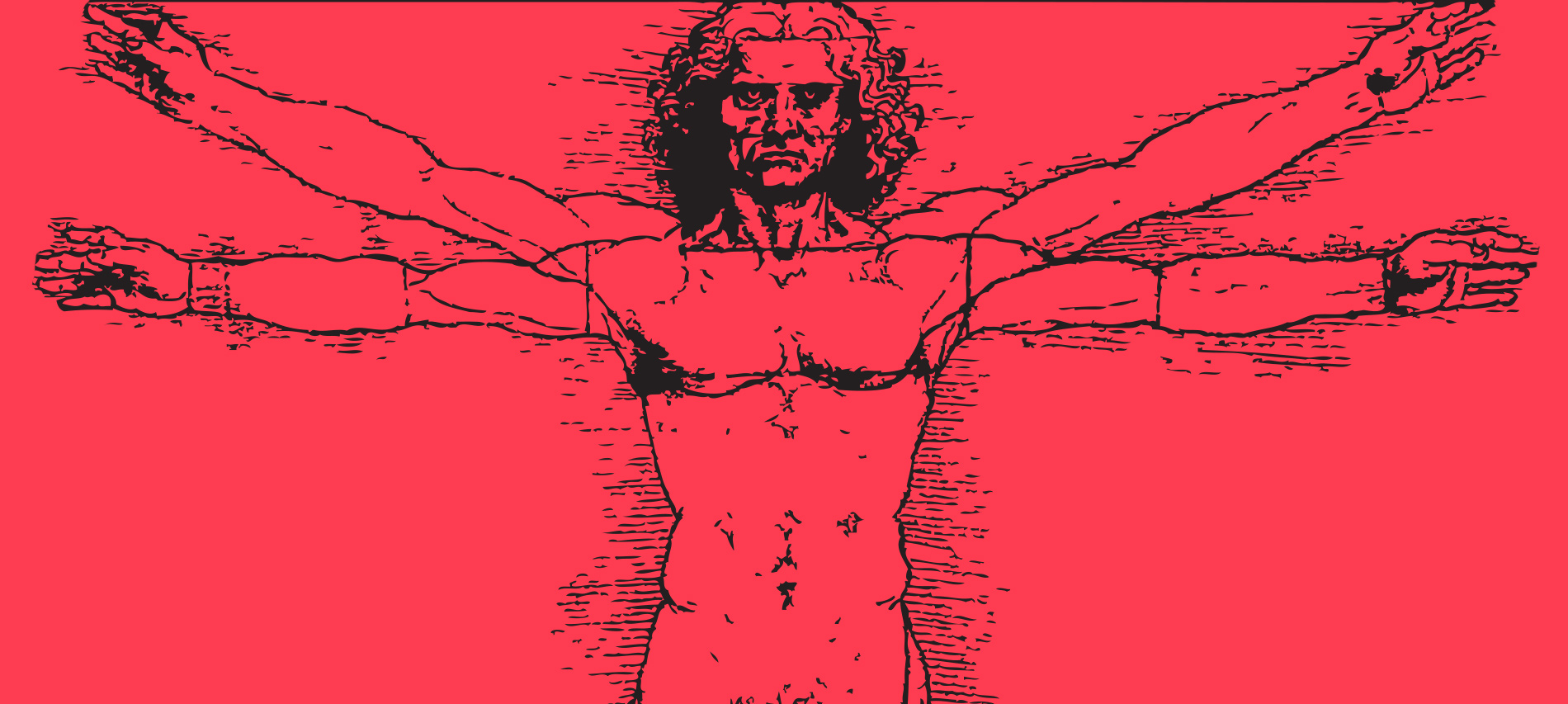Angie Thomas is the author of The Hate U Give. It’s her debut novel, and she was first inspired to write it while still a senior in college after news that an unarmed young black man, Oscar Grant, had been shot in the back by police. A supporter of the #BlackLivesMatter movement, she was enraged by his killing and the way the media and authorities reported it. Through her writing, Angie wants to challenge the racism that is perpetuated by those in power
Here are some more things you didn’t know about the author.





Pick up your copy of The Hate U Give now.

Tag: Penguin Random House
6 Things You Didn’t Know About Dan Brown
Dan Brown is the bestselling author of many acclaimed novels. His works include masterpieces like Digital Fortress, Deception Point, Angels and Demons, The Da Vinci Code, The Lost Symbol and most recently, Inferno. Three of his Robert Langdon novels have been adapted for the screen by Ron Howard, starring Tom Hanks. They have all been international blockbusters.
Here are some of his things you should know about the renowned author.






Did you know all of these facts about the author?
Get your copy of Dan Brown’s latest novel Origin here.
The Beginning of an Adventure Like No Other: ‘Lost in Time: Ghatotkacha and the Game of Illusions’ — An Excerpt
We all love going on trips as soon as holiday season kicks in, don’t we? But have you ever been on a journey that ended with you travelling to another plane of reality, maybe one from the books you’ve read? Sounds impossible, doesn’t it?
Well what if we told you this happened?
Get ready for the gripping story of young Chintamani Dev Gupta who while on a birding camp is magically transported to an unknown world of improbable creatures. Things get stranger still when he meets the master of illusions, Ghatotkacha and his mother, the demoness Hidimba.
Read on to know what happens next!
I am Chintamani Dev Gupta, male, 4’11”, thirteen years of age. Almost fourteen. It won’t surprise anyone to know that my name was, at an early and vulnerable age, shortened to Chintu, then mutated to Chintu Pintu. It’s ignominy to have a name like Chintu Pintu, but it’s a cross I’ve learnt to bear. I feel like telling them—the sneerers—‘Man, you don’t know where I’ve been, you don’t know what I’ve seen!’
The story that will unfold in these pages has been recorded with all the memory megabytes at my disposal, but when you— one—me—travel through time, across time, the grey cells tend to seize up and short-circuit in transit.
But let me begin at the beginning. If there ever is a beginning, if time follows a straight line, follows a predictable geometrical pattern in its unfolding. Which I happen to know, from my incredible personal experiences, it does not.
Those of you (possibly in the minority) who have read Carl Sagan’s book Contact might appreciate wormholes and the ways to fool or get fooled by time. Whereas those of you (more hands up this time maybe) who are fans of Terry Pratchett, might remember that he said, ‘Stories of imagination tend to upset those without one.’
But I’ve nattered on enough. Let’s get to the flashback with Chintamani Dev Gupta (aka Chintu Pintu) off on an enforced holiday to the Sat Tal Birding camp. I remember it as though it were yesterday. My parents had just split up, even though they continued to be holed up in the same house. Mum’s lady lawyer practically camped on our living room sofa. Papa hadn’t shaved for several days. Things were bad. And to get me out of the way, I had been dispatched here, to an insect-infested field near the aforementioned Sat Tal Lake.
It’s not as though I was wildly interested in birds. I suspect it was just the most convenient way to pack me off, dumping me in ornithology heaven. So there I was, amidst the tweets and the cheeps and the trills and twitters of birdsong, dreaming of football and butter chicken and the joys of home.
Can’t wait to find out more? Don’t forget to be the first one to grab your copy of this magical tale of time-travel, unusual friendships and a whole lot of adventure!

12 Things You Didn’t Know About Magandeep Singh
A certified sommelier, Magandeep Singh found his calling in wines while working in France. In India, he likes to divide his time between food and wine tastings, and writing columns about wine. He has also hosted a show called “Around the World in 85 Plates” for NDTV Good Times.
His latest book ‘The Indian Spirit’ is a treasure trove for those who have the palate to enjoy their drink and curiosity to know where it came from.
Here are a few things you should know about the author.











How many of these facts did you know about Magandeep Singh?

Jawahar and Edwina, the greatest love story of the twentieth century? Fact and fiction
By Rhiannon Jenkins Tsang
I know about historians. I am married to one! They look at the evidence, interpret it and make judgements to give you a balanced and judicious account. If you want a critical assessment of the historical setting in which Jawahar and Edwina developed their friendship, then you need a solid work of history. But if you want to understand the feelings, emotions, personal histories, tensions, contradictions and passion that drove them together, then you need a work of fiction.
The historical novelist does not pretend to be a historian. In some ways the net must be cast wider than that. Not only must a historical novelist have a thorough grasp of the period of the relevant political and social history, but they must also have an understanding of fashion, food and psychology- in sum be a jack of all trades! My aim in writing The Last Vicereine was to transport the reader back to the chaotic last days of the British Raj. I wanted to put the reader in Edwina’s and Jawahar’s shoes so that they could empathise with them and live moment by moment with them in their world. Unlike the historian, the historical novelist is not there to judge or assess, and needs to remember that historical figures and imaginary characters do not have the benefit of hindsight. This requires constant vigilance when writing. People in the novel might attempt to predict the outcomes of certain decisions and calculate their actions accordingly. They might genuinely believe that they were doing the right thing in the circumstances, and be acting out of the best of intentions, but history might judge them to be wrong. Today we all know that partition was a disaster, but no one at the time, neither British nor Indian had a full grasp of the horrendous short term consequences, never mind the long term implications of the decision to divide British India along religious lines.
So how exactly did I go about bringing Jawahar and Edwina to life? I began by avidly reading all the standard history books of the period and general histories of India. I then moved onto autobiographies and biographies particularly of Nehru, Gandhi and the Mountbattens, and supplemented this with as many diaries and memoires as I could get my hands on. The next step was to spend time in the Mountbatten archives going through the papers of Countess Mountbatten of Burma and some of those of her husband, the Viceroy. And finally I undertook a research trip to India so I could truly soak up the atmosphere. Only when I felt I had a full grasp of the locations and historical period and could enter the minds of the key players, did I begin to write.
It was at this stage that I stopped playing historian, pushed aside my own judgements, and put on my novelist’s hat. It was then that history moved from the foreground and took on a different function. It became both background set and plot driver. We know for example that some of Edwina’s letters of Jawahar were stolen in the run up to the transfer of power. What was in these letters? Who had sight of them? How did the characters react and what might have been the political consequences if they had been leaked?
Furthermore, Jawahar and Edwina were characters of their time. Both were born with silver spoons in their mouths and were respectively members of the British and Indian elite. This imposed certain restrictions, privileges, duties and obligations on them that conditioned their world view and actions. They cannot be judged by today’s standards.
While a historian might dread gaps or ambiguities in the record, the historical novelist can turn them to advantage. The blanks and omissions in the record are fascinating and exciting and are where stories lie. What are they hiding? What is missing? What might have been said or not said after a big meeting? Perhaps the minutes don’t exactly tell the full story. What might have happened at the party? What did the gossips say and what were the consequences of rumour and chatter on the political process?
The gaps leave space to imagine and create. For example, we know from the records that Lady Mountbatten had two female English secretaries on her staff. Unlike the men of Lord Mountbatten’s staff neither of them appears to have kept a diary or written or published memoires. Here was my opportunity to create the character of Letticia, Lady Wallace, a widowed school friend of Lady Mountbatten who served on her staff and became my narrator. She was privy to many private conversations, she became our eyes and ears and she took on an exciting and exotic life of her own.
For various reasons the main histories and records have dithered around the relationship between Jawahar and Edwina, partly because it was a private friendship, partly out of respect to the parties involved and also because it has been in the interests of both the British and Indian Congress establishments not to ask too many questions. Nevertheless, it is clear for example that Lady Mountbatten probably played a key role in saving the talks on the transfer of power from complete collapse in Simla in May 1947 and I enjoyed dramatizing this.
Today, with the benefit of hindsight, is easy to ask why on earth India should have been divided in 1947. The first thing to understand it that it was the end of the war. The Japanese had broken the will of the British in the Far East and the British people and State were exhausted. Nehru had spent years incarcerated in British jails and was no longer a young man. Jinnah too was old and probably knew that he was dying. In dramatizing the situation in Viceroy’s House in the spring of 1947, it was clear from my research that British India was in a state of virtual collapse. There had been a complete breakdown of law and order in some areas. The British were terrified, bunkered down with a siege mentality and planning for a mass evacuation of their nationals- to say this is not to absolve the British from their responsibilities.
In my novel, I attempt to reflect the sense that things were spinning out of control, the exhaustion, illnesses and at times sense of hopelessness and futility experienced by Edwina, Jawahar, the Viceroy and his staff. By May of 1947 it was obvious that a solution had to be found and quickly. It is not widely known that shortly after independence there was a real fear that the new government of India might have to be evacuated from New Delhi for its own safety. For a period of time the survival of the new India was in question, and Nehru had to work with Mountbatten as Governor General and the outgoing British administration to ensure the future of the new administration and preserve the illusion of central authority. Given this, perhaps we can understand the kind of pressures Jawahar and Edwina were under, their day to day experiences and the extreme stress they shared together, both of them constantly risking their own lives to serve India. Perhaps if we understand the kind of emotional stress they were under as public figures at an desperately traumatic time, we can they appreciate why they supported each other, why they cared about each other and perhaps also why some decisions were made in the way they were.
What is the truth of the Jawahar Edwina relationship? My own sense is that there was certainly a deep physical attraction but that it was a friendship between two older people based on emotions and the mind. Both would have counted themselves as socialists. They shared interests in art, history, music and poetry and enjoyed riding, swimming and hill walking together. Edwina was also an experienced aid worker before she became Vicereine of India. She was good with people, having a common touch, and worked valiantly to get aid to refugee camps both before and after partition. Again this is not really known in India today. But Nehru saw how hard Edwina worked and appreciate all she was doing for India. Both were public figures with a keen sense of public service and duty and they understood that this came at huge personal cost. Somehow, they managed to carve out a private space for their friendship and to continue to meet, correspond, and support each other emotionally until Edwina’s death in 1960. Perhaps one day, if the full content of the letters between becomes publically available, we will know more. But we will always need historical fiction to bring the past to life. Jawahar and Edwina’s friendship is arguably the greatest love story of the twentieth century. If Shakespeare were alive today, he might not have written Anthony and Cleopatra but rather Jawahar and Edwina.
About the Author
Rhiannon Jenkins Tsang is a British writer. Her work focuses on historical fault lines and themes that are globally significant. She studied Oriental Studies at St. Anne’s College, Oxford, and is a non-practising lawyer. She is fluent in Mandarin and Cantonese.

Letters from a Father to his Daughter – An Excerpt
Jawaharlal Nehru, the first prime minister of independent India, was one of the prominent figures during the Indian freedom struggle. He started writing letters to his daughter Indira when she was ten years old. He wrote to her about diverse topics, ranging from the origin of the Earth to history of races and faith.
In a collection of 30 letters, Pandit Nehru imparted wisdom to his growing up daughter, while steering the movement to Indian freedom.
Here’s an excerpt from the book.
We saw in our last letter that the chief difference between man and the other animals was the intelligence of man. This intelligence made him cleverer and stronger than enormous animals who would otherwise have destroyed him. As man’s intelligence grew, so also grew his power.
To begin with, man had no special weapons to fight his enemies. He could only throw stones at them. Then he began to make out of stone: axes, spears and many other things, including fine stone needles. We saw many of these stone weapons in the South Kensington Museum and also in the museum in Geneva.
The Ice Age, about which I said something in my last letter, slowly ended and the glaciers disappeared from Central Europe and Asia. As it became warmer, men spread out.
In those days there were no houses or other buildings. People lived in caves. There was no cultivation, that is working in the fields. Men ate fruits and nuts and the animals they killed. They had no bread or rice because they did not grow anything in the fields. They did not know cooking but perhaps they just heated the meat on the big fires they had. They had no cooking vessels or pots and pans.
One thing is very curious. These savage men knew how to draw. Of course they had no paper or pens or pencils or brushes. They simply had their stone needles and pointed instruments. With these they scratched or drew animals on the walls of caves. Some of their drawings are quite good but they are almost all profiles. You know that it is easier to draw profiles, and children usually draw in this way. As the caves must have been dark it is probable that they used some kind of simple lamp.
These men that we have described are called Palaeolithic men, or the men of the old Stone Age. That period is called the Stone Age because men made all their tools with stone. They did not know how to use the metals. Today most of your things are made of metals, specially iron. But iron or bronze was not known then, and so stone, which is much more difficult to work with, was used.
Before the Stone Age came to an end, the climate of the world changed greatly and became much warmer. The glaciers had gone far back to the Arctic Ocean, and in Central Asia and Europe great forests arose. Among these forests we find a new race of men living. These people were cleverer in many ways than the Palaeolithic men whom we have just described. But they still made their tools out of stone. These men also belonged to the Stone Age but it was the later Stone Age. They are called Neolithic men or men of the new Stone Age.
We find when examining these Neolithic men that great progress has been made. The intelligence of man is making him go ahead fast compared to the other animals. These Neolithic men made the very great discovery of cultivation. They started tilling fields and growing their food there. This was a great thing for them. They could now get their food more easily instead of having to hunt animals all the time. They got more leisure, more time to rest and think. And the more leisure they had, the more progress they made in discovering new things and methods. They started making earthen pots, and with the help of these they began to cook their food. The stone tools were much better and were beautifully polished. They also knew how to tame animals like the cow, the dog, the sheep and the goat. They also knew how to weave.
They used to live in houses or huts. These huts were very often made in the middle of lakes as the wild animals or other men could not attack them easily there. These people are therefore called lake-dwellers.
You will wonder how we know so much about these people. They wrote no books of course. But I have already told you that the book where we read the story of these men is the great book of nature. It is not easy to read it. It requires great patience. Many people have spent their lives in trying to read this book and they have collected large numbers of fossils and other remains of old times. These fossils are collected together in the great museums, and we can see there the fine polished axes and the pots and stone arrows and needles and many other things which were made by the Neolithic man. You have seen many of these things yourself but perhaps you have forgotten them. If you see them again you will be able to understand them better.
There was, I remember, a very good model of a lake-dwelling in the Geneva museum. Wooden poles were stuck in the lake, and on top of these poles a wooden platform was made. On the platform the wooden huts were put up and the thing was connected by a little bridge to the land.
These Neolithic men clothed themselves with the skins of animals or sometimes with a rough cloth of flax. Flax is a plant which has a good fibre used for making cloth. Linen is now made out of flax. But in those days cloth of flax must have been very rough.
These men went on making progress. They started making tools of copper and of bronze. Bronze, as you know, is a mixture of copper and tin and is harder than either of these. They also used gold and were vain enough to make ornaments out of it!
These people must have lived about 10,000 years ago. Of course, we do not know the exact dates or periods. All this is largely guesswork. You will notice that so far we have been talking of millions of years. We are now gradually getting nearer and nearer to our present age. From the Neolithic man to the man today there is no break or sudden change. But still we are very different from him. The changes came slowly, as is nature’s way. Different races developed and each race went its own way and lived its own life. The climate being different in different parts of the world, people had to adapt themselves to it and changed greatly. But we shall talk about this later.
One thing more I want to tell you today. About the end of the Neolithic age a very great disaster happened to man. I have told you already that at that time the Mediterranean was not a sea at all. There were just some lakes there and in these lakes many people lived. Suddenly, the land near Gibraltar, between Europe and Africa, was washed away and the waters of the Atlantic Ocean poured into the low valley of the Mediterranean. The water went on pouring and filling it up, and large numbers of the men and women living near or over the lakes must have been drowned. They could not escape anywhere. There was water all over the place for hundreds of miles. The Atlantic Ocean continued to pour in till it had filled up the valley, and the Mediterranean Sea came into existence.
You have heard, of course, and perhaps read, about the great flood. The Bible speaks about it and some of our Sanskrit books also refer to it. It may be that this mighty flood was the filling up of the Mediterranean. It was such a terrible disaster that the few people who managed to escape must have told all about it to their children, and they to their own children, and so the story was handed down from generation to generation.

5 Dan Brown Book Quotes Which Will Compel You To Pick Up The Books Again
One of the most acknowledged authors of thriller fiction, Dan Brown wrote some of the best-selling novels of all time. Best known for the The Da Vinci Code, Angels and Demons, and Inferno, Dan Brown’s novels have been the subject of intellectual debate among readers and scholars.
His novel Origin is the new installment in Brown’s oeuvre.
Here are 5 quotes from his book.






Do you have a favourite?
Get your copy of Dan Brown’s latest book Origin here.
‘The Tale of the Turban’: ‘Junior Lives: Mahatma Gandhi’ — An Excerpt
Mahatma Gandhi’s journey is inspirational for reasons one and many. His struggle to lead India to independence did not only happen on home ground in India, it went far beyond that, all the way to South Africa.
In this excerpt from Sonia Mehta’s Junior Lives: Mahatma Gandhi, we catch a glimpse of the man with his principles and values holding steadfast even during an hour of crisis.
Was GandhiJi’s time in Durban a good one? Let’s find out!




Amazing, isn’t it? To share the lesser known story of the Father of our Nation with your child, grab a copy of the book today!

Reasons That Will Make You Pick ‘The Golden House’ As Your Next Read
Salman Rushdie is a maestro when it comes to literature. His books enrich and push the boundaries of our imagination. His latest novel, The Golden House´ is another stellar addition to his already magnificent bibliography.
The Golden House is the story of the powerful Golden family, told from the point of view of their neighbor Rene. Copiously detailed and sumptuously inventive the novel is a modern epic of love and terrorism, loss, and reinvention.
Here are some reasons why you should make it your next read.
The novel captures the current political climate

The formula for a perfect read.

Lucky 13!

The switch of the year!

Intrigued? Tell us what do you like most about Rushdie’s writings.

5 Reasons Why Army Life is Good Life
Life of an Army official as we know is one of hardship, and their turbulent affair with unknown danger and hazards is something not unheard of. Rachna Bisht Rawat’s Shoot.Dive.Fly presents a multidimensional picture of Army officials and their life. She debunks the myth that an Army officer is a man with a gun who lives on the borders of the country, cut off from the rest of civilization, and waiting for war to begin. What we don’t know is that life can be amazing for an Army official too.
Here are 5 reasons which elaborate why Army is amazing
When you get to fly around

Motivation and encouragement all the way

Lieutenant Mohammad Haseeb Khan’s message to those considering a career in the Army

The recognition that Army offered her

Army Life offers you to defy gender norms and touch the sky

Get to know more about the Army life and its thrilling experience in Rachna Bisht Rawat’s book Shoot Dive Fly

















